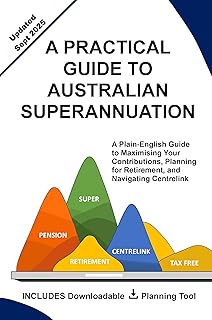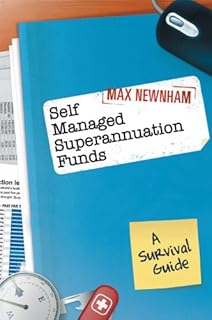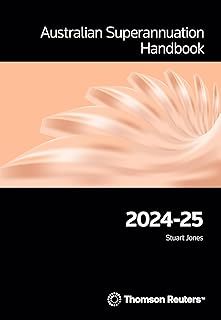The government’s superannuation reforms, implemented through legislation passed in November 2016, aim to enhance the fairness, sustainability, flexibility, and integrity of Australia’s superannuation system. These reforms were a response to the changing demographic landscape and fiscal pressures facing the nation. The reforms, announced in the 2016-17 Budget, were refined through a public consultation process that received 156 submissions across three tranches of draft legislation.
One of the key changes introduced was the enshrinement of the superannuation system’s objective in legislation, emphasizing the provision of income in retirement to supplement or substitute the Age Pension. This objective, set out in the Superannuation (Objective) Bill 2016, serves as a guiding principle for the various reforms aimed at improving the system’s efficiency and alignment with the evolving work-life patterns of Australians.
Effective from July 2017, the reforms included measures such as the $1.6 million transfer balance cap, which limits the amount of superannuation that can be transferred into the tax-free retirement phase. This cap, indexed to inflation, impacts less than one percent of superannuation account holders and aims to ensure sustainability in the system while providing adequate retirement income.
Another significant change was the reform of the taxation of concessional superannuation contributions, reducing the threshold for high-income earners and lowering the annual cap on such contributions. These adjustments, along with other reforms like the introduction of the Low Income Superannuation Tax Offset, aim to make the superannuation system more equitable and efficient.
Additionally, the reforms sought to enhance access to concessional contributions, allowing more individuals to claim tax deductions for personal contributions to eligible superannuation funds. This change benefits around 800,000 working Australians, particularly those in non-traditional work arrangements.
Furthermore, the reforms introduced measures to streamline administrative processes, align objection rights, and remove outdated provisions like the anti-detriment rule. These changes not only reduce the compliance burden on taxpayers and superannuation providers but also ensure procedural fairness and consistency within the system.
Overall, the superannuation reforms represent a comprehensive effort to modernize and strengthen Australia’s retirement savings framework, aligning it with the evolving needs of the population and ensuring its long-term sustainability. By addressing key areas such as contribution limits, taxation, and administrative processes, the reforms aim to create a more robust and equitable superannuation system for all Australians.
📰 Related Articles
- Tax Expert Urges Superannuation Reforms for Fairer Retirement System
- Superannuation Changes Enhance Retirement Planning for Australian Workers
- Paul Keating’s 12% Superannuation Vision Transforms Australia’s Retirement
- Evolution of Australia’s Tax System: Historical Reforms and Impact
- Victoria Introduces Carded Play System to Enhance Player Protection




